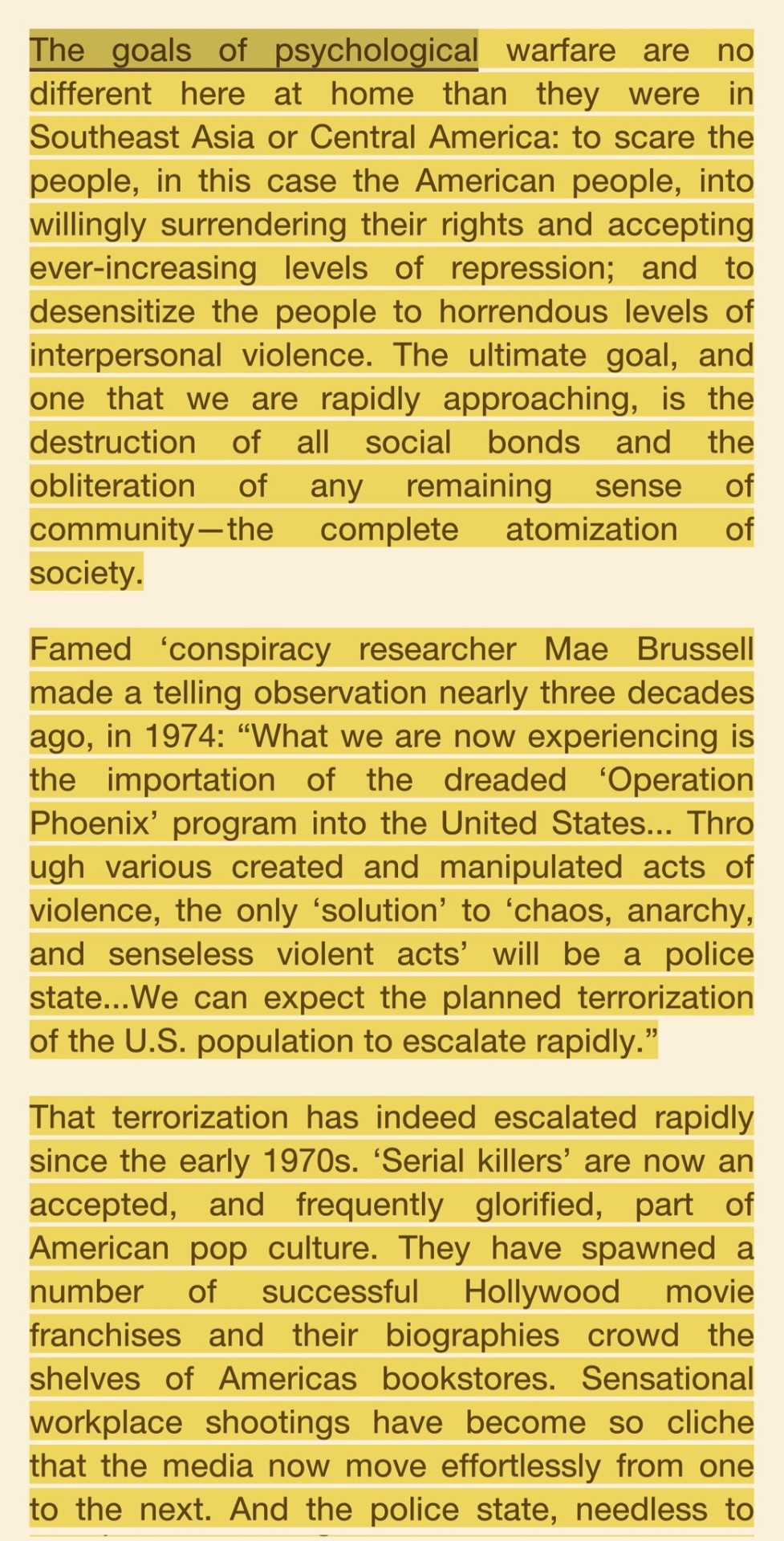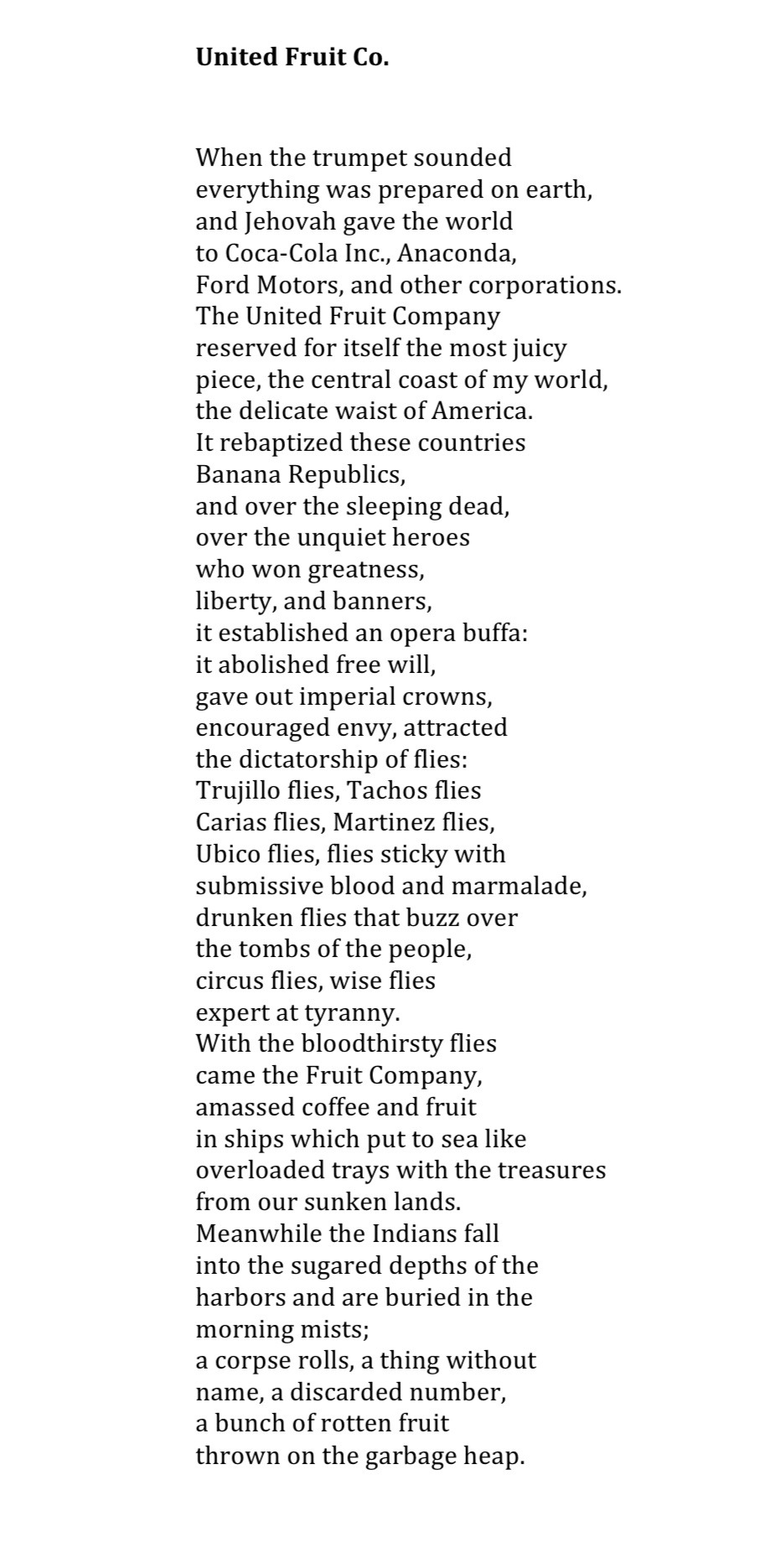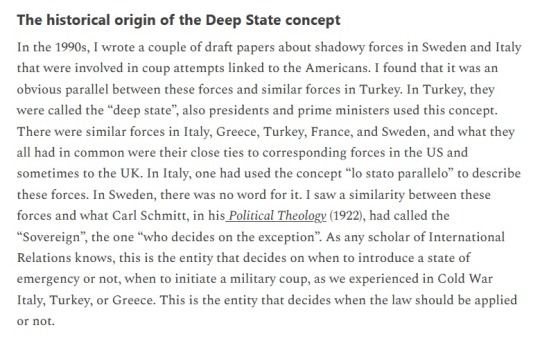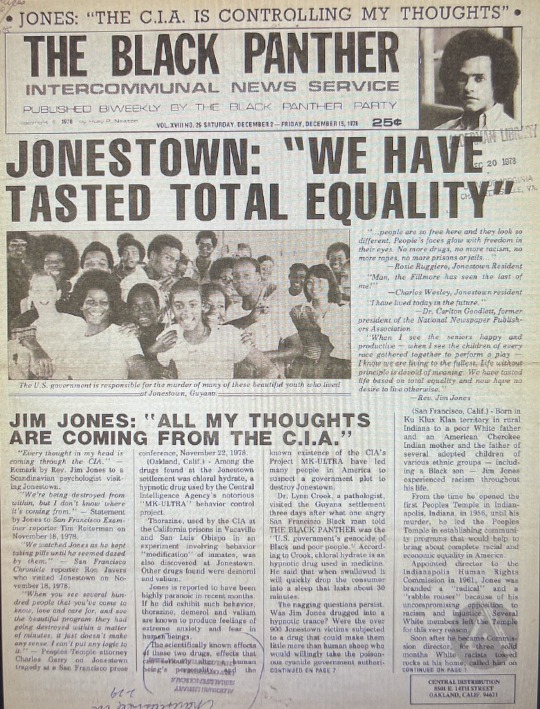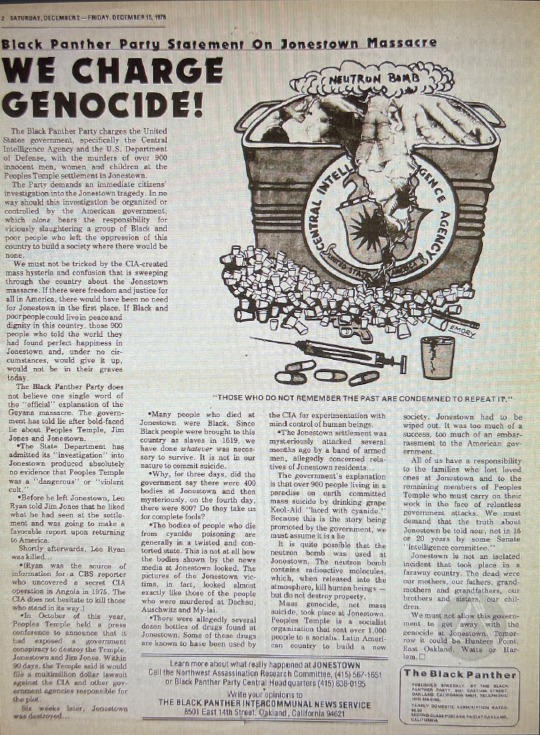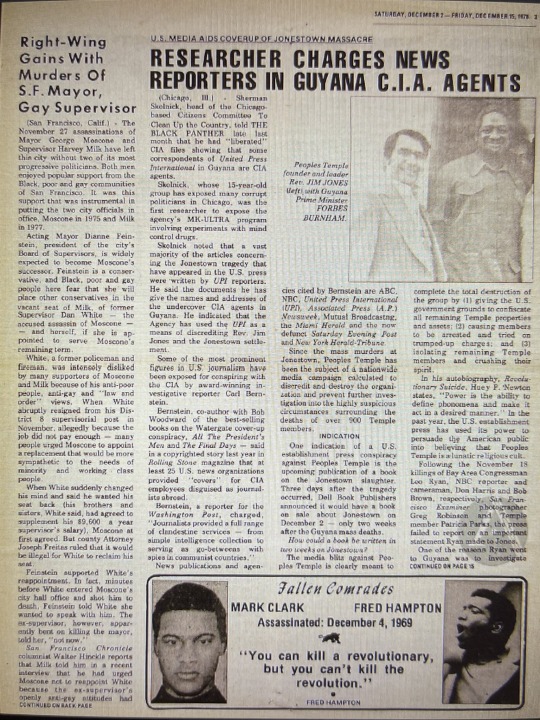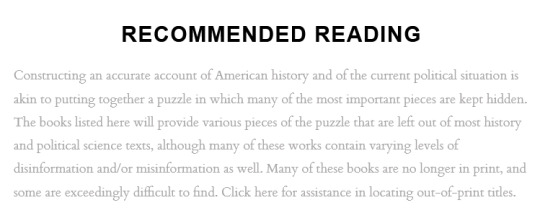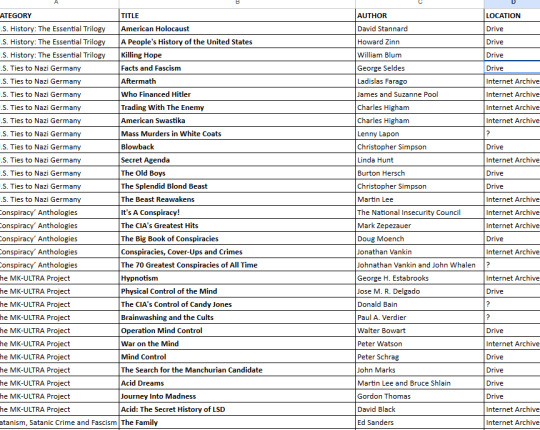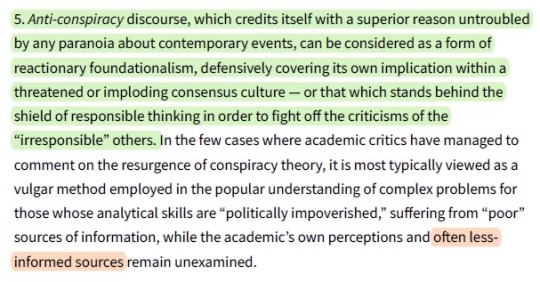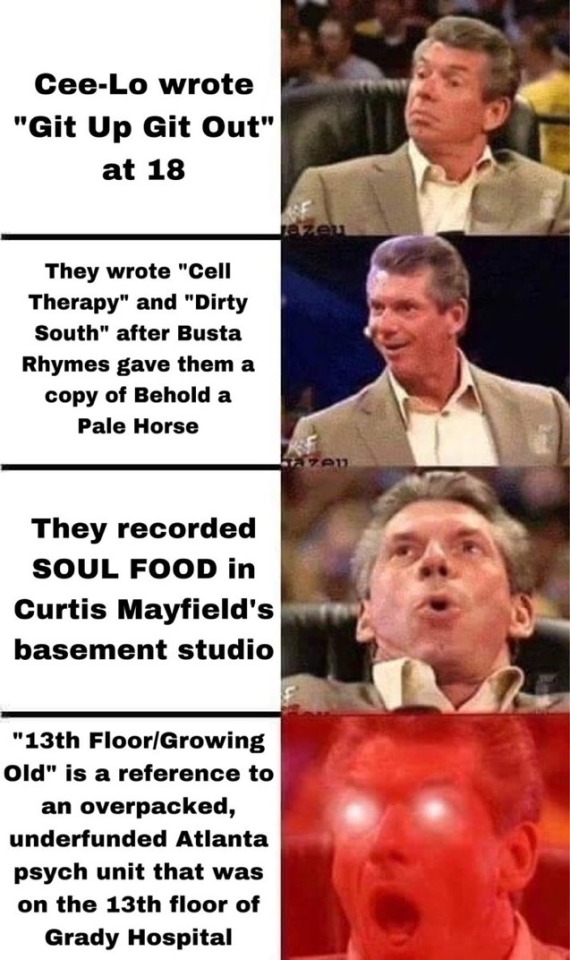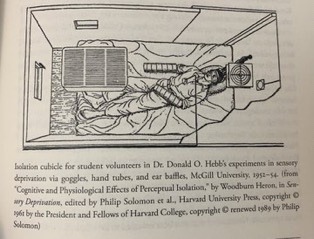Text
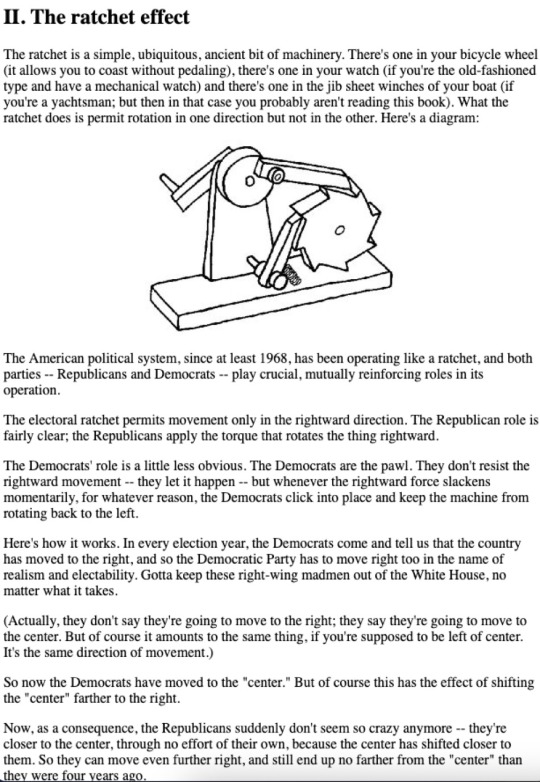
2 notes
·
View notes
Text
0 notes
Text
0 notes
Text

9 notes
·
View notes
Text
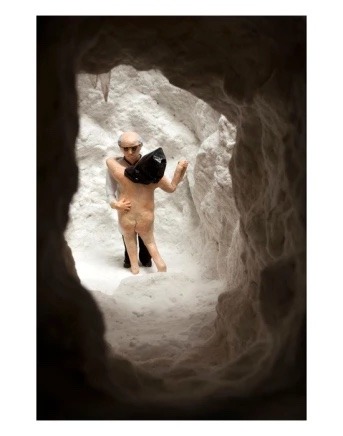


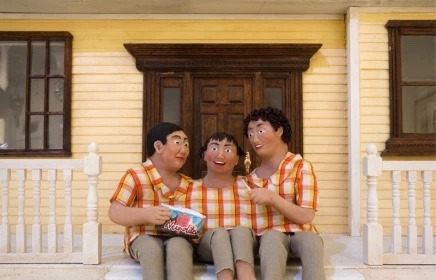
“In House on Fire (2008–2009), Winnipeg artist Sarah Anne Johnson created an intimate experience that is closer to the volatile epicenter, geographically and emotionally. This installation features sculptures representing Johnson’s grandmother Velma Orlikow in which her body has been subtly altered to suggest stress or disorientation, as well as painted photographs that frequently show her wearing a squirrel’s head or a box, denoting mental fragility and the suppression of identity. The central element of the installation is a large model house with flames coming from the roof. Looking through the windows we see rooms containing tableaux that range from the familiar to the nightmarish. We sense that the house is a metaphor for the woman’s brain, the rooms holding memories, the flames a sign of living trauma and, perhaps, a desire for obliteration.
For children, the family house is generally the stable center of the world. But this one clearly shook with rage and sorrow. Johnson recalls growing up in the home with her grandmother, who suffered from depression and other psychological maladies and was alternately nurturing, confused, and angry. When Johnson got older, she learned the story behind her grandmother’s behavior. As a young woman, Orlikow experienced a deep postpartum depression from which she seemed unable to recover. Her family learned about a psychiatrist at McGill University in Montreal who specialized in such difficult cases. They sent her there for several rounds of treatment over the course of months.
When Orlikow returned to Winnipeg, her mind was disoriented and her spirit was in shambles. Only later did the family learn that the doctor, Ewen Cameron, had been covertly funded by the U.S. Central Intelligence Agency to conduct and document mind-control experiments involving LSD, shock therapy, medically induced prolonged sleep, and sensory deprivation. Orlikow was only the first of his guinea pigs, whom he code-named Miriam and with all due professionalism reported on in scientific journals.
We might dismiss this as an old story from the golden age of psychiatric overreach and the excesses of the Cold War, when medical researchers on both sides conducted experiments that would be considered grossly unethical by today’s standards. But we are reminded that during our wars in Iraq and Afghanistan, psychologists were used to justify and at times facilitate torture, to back up the government’s contention that interrogation techniques were humane.1 Whether in the Cold War or in Guantanamo, medical rationalizations for human rights abuses, especially when we see the broken bodies, minds, and families that result, inspire cynicism rather than trust; Dr. Mengele over Hippocrates.
House on Fire cannot heal Velma Orlikow or bring justice to the doctor. The central actors in the tragedy are all dead. But the artist has created a potent reminder that even the most private pain can have public meaning. We can join her in grieving the life of someone we never knew, while acknowledging the invisible hand of history that shapes later generations in ways that we cannot fully recognize or understand.”
1. See The New York Times, April 30, 2015, James Risen, “American Psychological Association Bolstered C.I.A. Torture Program, Report Says”

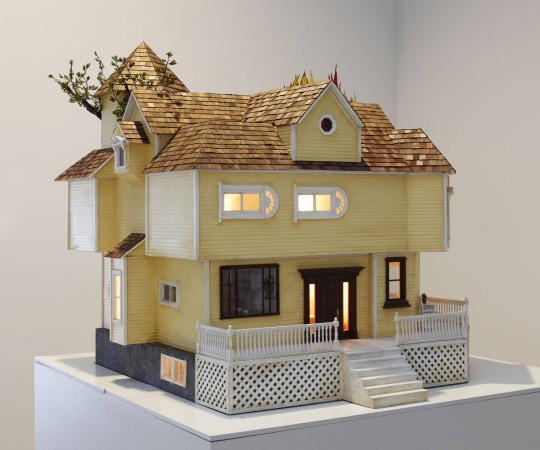

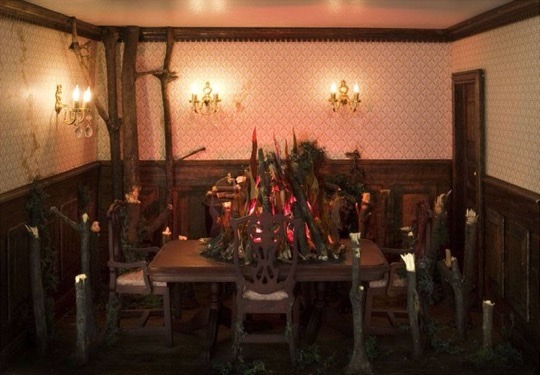
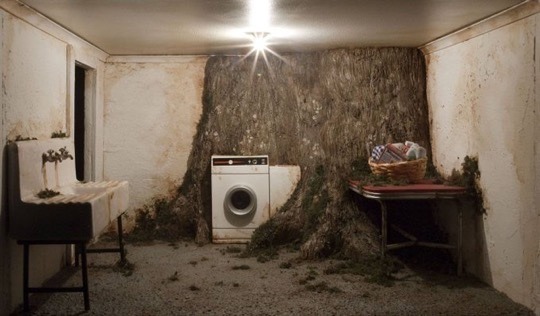
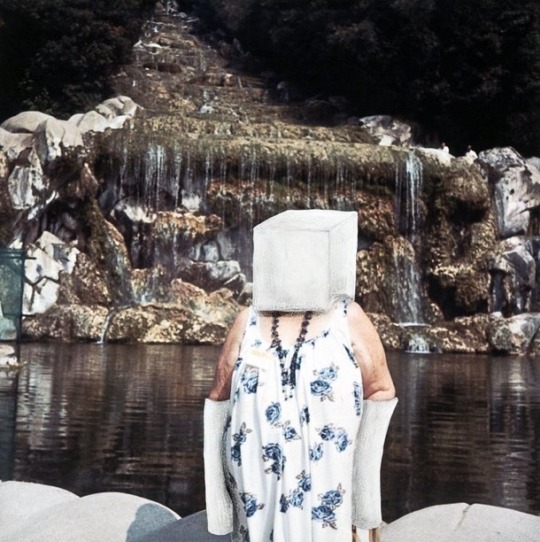
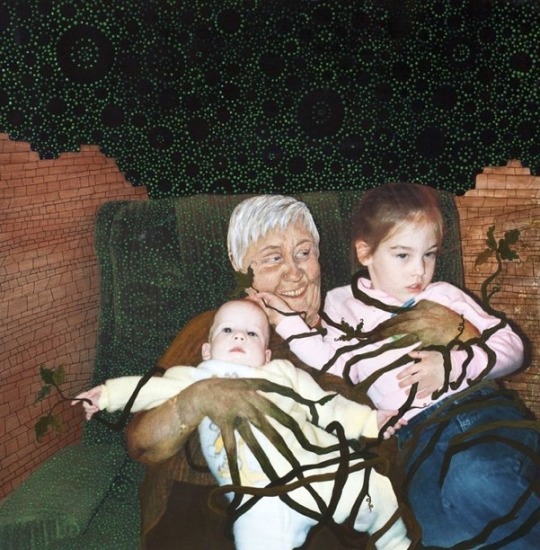


House on Fire - Sarah Anne Johnson
No Alice in Wonderland fantasy, the work is the centerpiece of Johnson’s very serious House on Fire project (at the Julie Saul Gallery, running September 17 through November 14): the artist’s impressions and memories—in sculpture and altered photographs—of one of the most bizarre, and disturbing, crimes ever committed by the U.S. government.
In 1956, Johnson’s maternal grandmother, Velma Orlikow, sought help for her severe postpartum depression at Montreal’s Allan Memorial Institute, a hospital housed inside a Gothic mansion formerly called (the name is pure grade-B Hollywood) Ravenscrag. In fact, real horror did await: Orlikow and other patients had no idea that they’d been lured into the world of MK-ULTRA—a secret program, funded by the CIA, to develop brutal methods for mind control. At the hands of a doctor (and brainwashing specialist) named Ewen Cameron, Orlikow endured years of torture, involving, Johnson says, “shock treatment way past the recommended levels” and “crazy cocktails of drugs, including LSD mixed with speed.” She didn’t escape, Johnson explains, because “back then, you didn’t doubt your doctor,” then adds, dolefully, “I think she fell in love with him.” Another glance into that dollhouse reveals two clay figures inside a snow cave: the stout Orlikow, naked with a bag on her head, dancing with Cameron.
37 notes
·
View notes
Text
https://archive.is/2020.03.26-214355/https://www.washingtonpost.com/graphics/2020/business/opioid-crisis-johnson-and-johnson-tasmania-poppy/

0 notes
Text

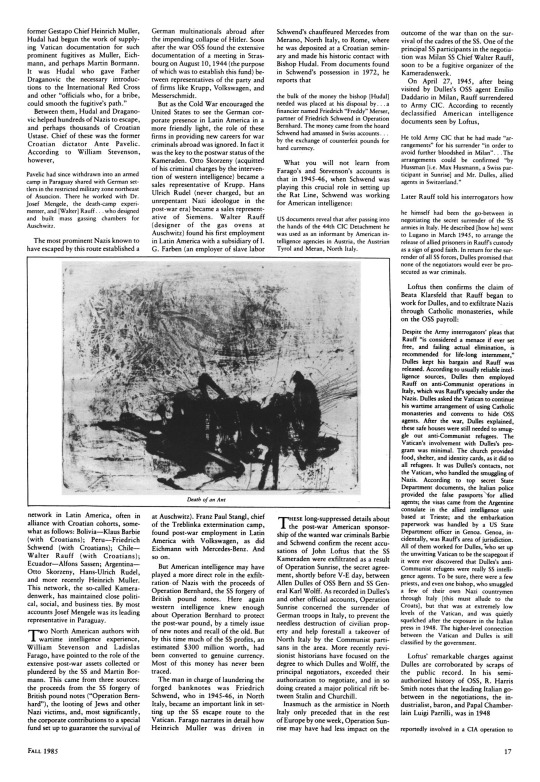
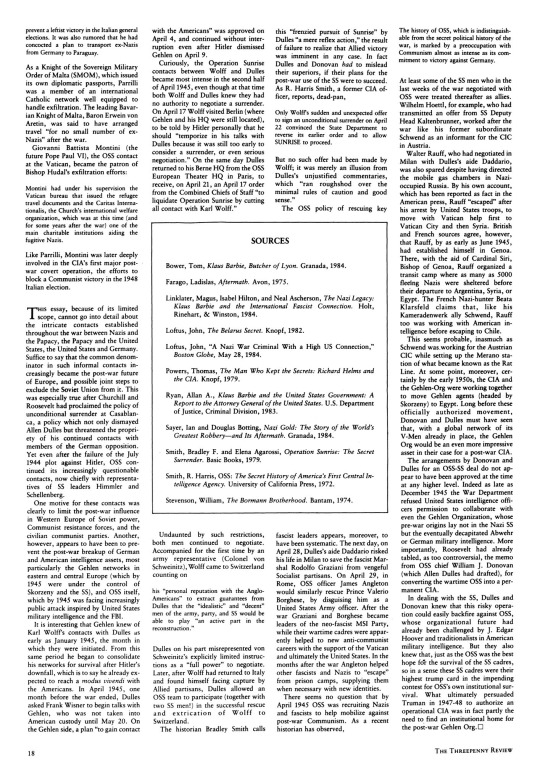
Why No One Could Find Mengele: Allen Dulles and the German SS
(Peter Dale Scott, The Threepenny Review, 1985)
4 notes
·
View notes
